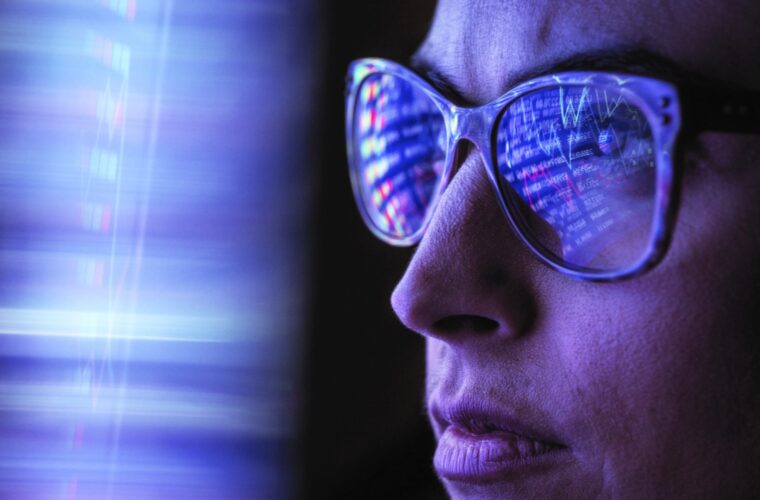In a fascinating breakthrough that combines technology and archaeology, artificial intelligence has cracked 2,000-year-old writings on papyrus scrolls that were carbonized when Mount Vesuvius erupted in 79 AD. The ancient texts, long thought to have been lost forever, are now revealing their secrets and giving a never-before-seen peek into ancient history and philosophical arguments of the time.
Mount Vesuvius’s volcano eruption buried Roman cities Pompeii and Herculaneum with pumice and ash. In Herculaneum, an upscale villa, perhaps that of Julius Caesar‘s father-in-law, Lucius Calpurnius Piso, boasted a vast library. The library, known as the Herculaneum papyri, is comprised of approximately 1,800 carbonized scrolls that were destroyed in the volcanic heat. For centuries, the charred scrolls were unreadable, and their message a mystery locked in brittle, darkened pieces.
The role of Artificial Intelligence in deciphering the scrolls
The old method of unrolling and reading the fragile scrolls often resulted in their destruction. This is no longer the case with the development of new imaging technology and AI. Scientists employ high-resolution X-ray computed tomography (CT) to capture accurate images of the scrolls’ internal architecture. Machine learning enables the algorithms in AI to train the tiny differences between carbon-based ink and charred papyrus. It is a non-destructive method where scrolls are unrolled virtually and characters written on them recognized without physically opening them.

The most revolutionary of these is the deciphering of a scroll that discusses the heirs of Alexander the Great. This “lost book” provides insightful information on the political and philosophical environment after Alexander’s empire. The work mentions generals and usurpers who took over after his demise, giving insight into a period of time that set the stage for history. The successful deciphering of this scroll not only adds to our knowledge of ancient geopolitical processes but also indicates the ability of AI to discover lost books of literature.
To accelerate the reading of these very old scrolls, the Vesuvius Challenge was launched, and huge amounts of money were offered to groups that could design effective means of reading the scrolls. This endeavour has prompted computer scientists, classicists, and researchers all over the world to collaborate. In 2023, a group was awarded $700,000 for reading over 2,000 Greek letters on a Herculaneum scroll using customised AI software. Such collaboration showcases the importance of interdisciplinary solutions to intricate historical mysteries.

Implications for future research
AI application in analyzing ancient books represents a breakthrough shift in archaeological and historical research. With AI technological advancements, numerous other books damaged or skewed through time can be unlocked. These are read without any kind of physical contact, preserving the original material while allowing scholars to get access to their valuable content. This advancement not only expands our knowledge about ancient civilizations but also provides ways for new discoveries that were hitherto beyond our reach. In the end, the accomplishment of AI in unravelling the Herculaneum papyri is the culmination of the revolutionary potential of technology in the humanities. By bridging the gap between antiquity and our times, AI allows us to reclaim the voices of the past, enriching our cultural heritage and history.



